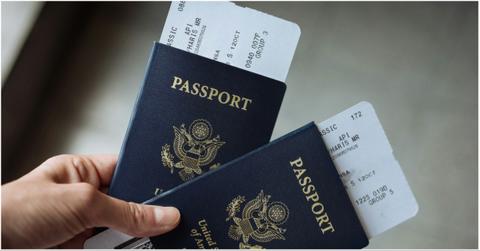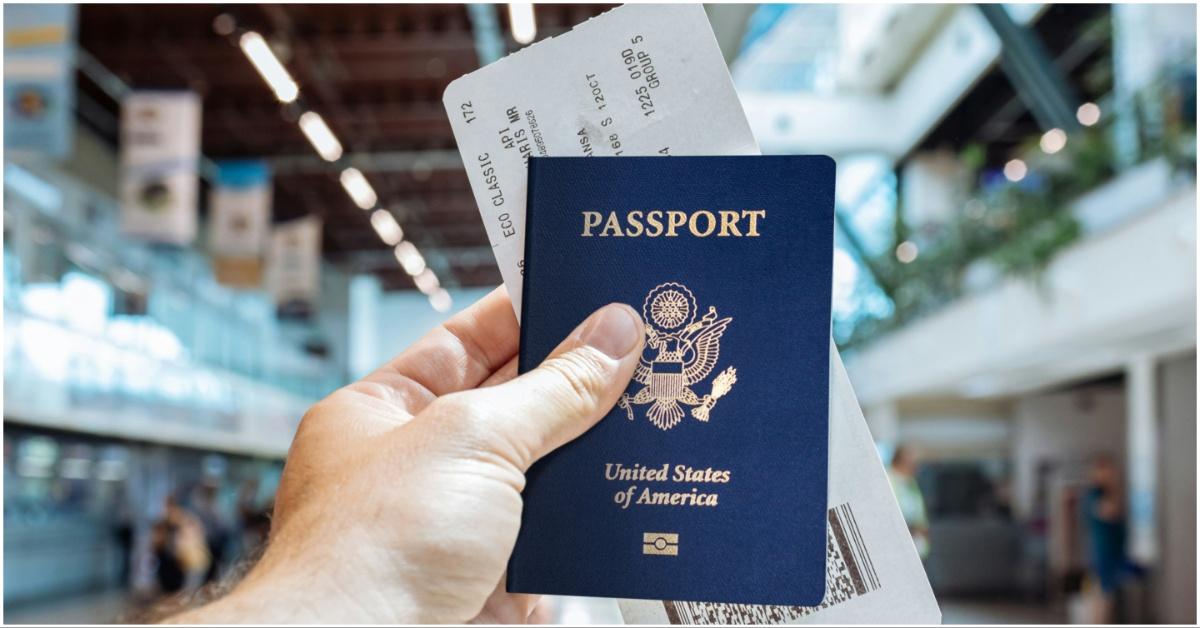Do You Need a REAL ID to Fly If You Have a Passport? Know Before You Go
Is a passport the only form of identification you must have in order to get on an airplane?
Published April 17 2025, 12:44 p.m. ET

If you’re planning a trip and decide to double-check the rules before heading to the airport, there’s a good chance of ending up on a page from TSA or Homeland Security. As you make sure you have everything in order, you get smacked in the face with something about ID requirements. Both Homeland Security and the TSA have made announcements regarding Real ID enforcement. Truthfully, the announcements feel a little more like warnings.
Now, just for a second, you might start to panic. Between the big bold “Are you REAL ID ready?” and the official warnings about enforcement, you might start to second-guess whether your current identification is enough. Do you need a Real ID to fly if you have a passport? Are you at risk of being turned away at the airport?
Let’s clear up the confusion.

Do you need a REAL ID to fly if you have a passport?
Let’s start with what’s really behind all those announcements. As of May 7, 2025, the federal government is enforcing what’s known as the REAL ID Act. It’s a law that sets new standards for how states issue IDs like driver’s licenses and identification cards.
That deadline might sound like a major shift, and the government messaging via Homeland Security doesn’t exactly help tone down the stress. Here’s the part that’s easy to miss — you don’t need a Real ID if you already have another acceptable form of identification. Yes, a valid U.S. passport is one of those.
So, if you’ve got a current passport and plan to use it at the airport, you don’t need to rush to the DMV to get a Real ID before your flight. You already have what you need.
Part of the confusion comes from how these rules are communicated. Homeland Security and the TSA lead with big, bold language like “REAL ID enforcement is coming” or “Are you REAL ID ready?” It’s easy to interpret that as: you better get one — or you’re not flying.
When you dig deeper, especially into Homeland Security’s own FAQ section, the tone shifts. One section reads:
“If you are traveling domestically, you will only need one valid form of identification – either your REAL ID or another acceptable alternative such as a passport, not both.”
Another clarification goes even further, saying passengers without a Real ID must have “another acceptable alternative (i.e. passport)” or they may be delayed or turned away. In other words, you just need one valid ID, and a passport fully checks that box.
In fact, a passport may be the more valuable form of ID in the long run, because while a Real ID only works for domestic flights and certain federal buildings, your passport can take you internationally.
If you’ve been feeling unsure about all the REAL ID talk, you're not alone. The language around the rollout can feel urgent and even a little intimidating. Once you break it down, it’s really just about having one acceptable form of ID, and your passport fits the bill.
So, unless you prefer to use your license at the airport, there’s no need to rush into getting a REAL ID. Just make sure your passport is valid, pack it in a safe spot, and head to the airport with confidence. You’ve got what you need.